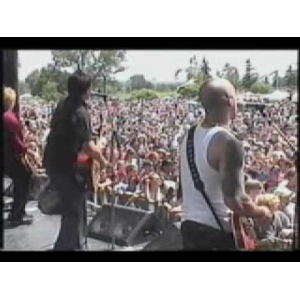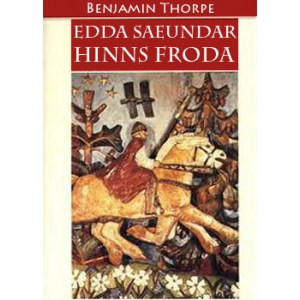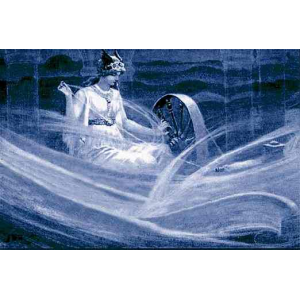 “Music is the most effective propaganda tool ever. It brings racists together into a so-called ‘music scene’ that lets them spread their message almost innocently. Because while a young person probably wouldn’t even read a racist flier, they’ll listen to a tape or CD 15, 20 times and slowly get into the lyrics that way,” Devon Burghart, director of an Oak Park community group opposing racist activities.
“Music is the most effective propaganda tool ever. It brings racists together into a so-called ‘music scene’ that lets them spread their message almost innocently. Because while a young person probably wouldn’t even read a racist flier, they’ll listen to a tape or CD 15, 20 times and slowly get into the lyrics that way,” Devon Burghart, director of an Oak Park community group opposing racist activities.
If religion provides a common framework and communal group identity, so does music—and possibly in an even more socially acceptable and under-the-radar way than religion. After all, walking around with an Mp3 player is much less conspicuous than with a swastika tattoo.
The United States has the 2nd largest market in the world for racist music—just barely behind Germany. Because of Extremely strict anti-hate speech laws in many (most) European countries, many white supremacist bands have come to the U.S., with its much more liberal first amendment, to record and distribute their messages.
Former operator of the Swedish Midgard music label says that he has seen a surge in interest in white power music with Odinist themes—although he in no way believes this is for religious reasons. “It’s not so much to pray, but to honor the nature and power of white people,” he says. Mark Potak, editor of The Southern Poverty Law Center’s journal speaks about the strategy behind white supremacist music. “They’re disguising the message behind different kinds of themes, especially Celtic and Norse mythology. There is a very strong need among white supremacists to create a mythic past…this mythic past allows them a world view, instead of just saying, ‘I hate black people.’”
Burghart also explains how Odinic white supremacist music relates to the bigger plans of white supremacists. Not only does it help create a mythic past and group identity, he explains that there is basically cross-marketing, where white supremacist groups pass out music at meetings and bands promote these groups at their shows. He ends with, “This is all a strategy. You see, its one thing to identify a small crew of racist skinheads. It’s harder if they’re integrated into a bigger arena. The idea now is to move into new and broader scenes, to infiltrate not only politically, but socially, economically, and culturally” (read the article here).
Books in PDF format to read:
Aleister Crowley - Book 4 Part Iii Magick In Theory And PracticeAnonymous - Odinism And Asatru
Jone Salomonsen - Enchanted Feminism The Reclaiming Witches Of San Francisco
Aleister Crowley - Songs Of The Spirit
Frater Fp - Sigils In Theory And Practice


